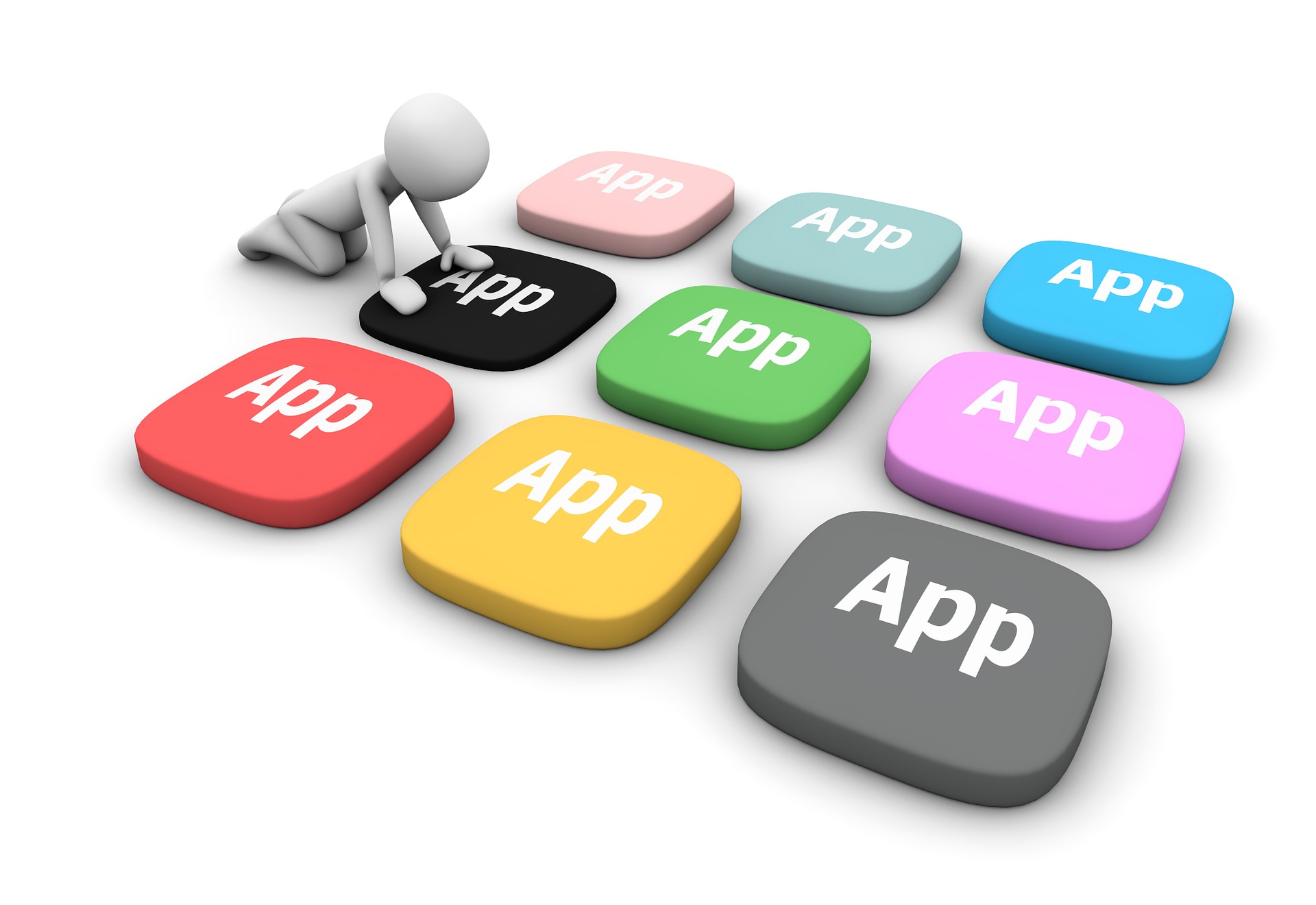Resources, Sites, and Apps for Students Based on Their Learning Style

By Christine Feher for EmergingEdTech
Every child learns differently. Some children process information as soon as they see it, while others do better when they hear it. Some prefer to learn alone while other do better learning alongside a group.
It’s so important to understand which learning style suits your child best. If you can tailor their learning, it will help them not only retain and recall information, but also help them find their love of learning.
Here’s a quick rundown of each learning style, and some tools and resources to help your child embrace the way they learn.
Visual
Children who are visual learners prefer to receive their instruction through pictures and images. They understand information better when they are able to see it. Typically, children like this concentrate better when they are allowed to write down and read information. Visual learners are the children who are most likely to be doodling in class, making lists, and constantly taking notes.
Resources for visual learners:
- Bitsboard Flashcards & Games—create your own flashcards
- Math Fact Master—practice number sets through flashcards
- ZoomNotes—make handwritten notes and sketches on virtual paper, which get saved to your phone
- Trello—organize projects through board and to-do lists
- Google Public Data—create infographics using the endless stream of data available through Google
Auditory
Auditory learners retain information better when they hear it. They may read material out loud, or listen to someone else recite information. You can recognize this type of learner because they would rather listen (to a teacher or to their own voice) than read information, are typically great at verbally explaining concepts, and aren’t afraid to speak up in class.
Resources for auditory learners:
- Audible—listen to more than 425,000 audiobooks on all types of subjects
- Audacity—an easy-to-use audio editing software
- NaturalReader—a text-to-speech software that can read websites or pasted text
- PodOmatic—create, find, and share podcasts
- Spotify—access to millions of podcasts, educational songs, and study music
Physical (Kinesthetic)
Students who learn kinesthetically prefer using their bodies, hands, and senses of touch. When these types of learners can physically sense what they’re studying, ideas and concepts become easier to understand. If your student is often restless, always needing to touch and feel things, or great at physical activities like dance or sports, they might be a kinesthetic learner. These students learn best when they’re interacting with the lesson or even moving around (pacing, dancing, etc.) while learning.
Resources for physical learners:
- Education Place—provides games and activities in a variety of topics and themes
- Quia—create your own educational surveys, quizzes, games, and activities
- Scratch Jr—learn important new skills through interactive stories and games
- ClassVR—a standalone virtual reality headset with a student-friendly interface
- TomatoTimer—set alarms for breaks from studying to allow students to get their energy out on a regular basis
Logical (Mathematical)
Logical learners prefer using logic, reasoning, and systems to process their information. These types of learners can typically be found making lists, getting organized, and solving puzzles. They’re a natural fit for logic-based subjects like math and science, and can be challenged to think from different perspectives.
Resources for mathematical learners:
- MindNode—create mind maps to build connections between concepts
- iMathematics!—a comprehensive math tutor app
- Move the Turtle—learn the basics of coding and programming
- Opposing Views—delivers unbiased, non-partisan news segments that allow students to build their own opinions
- Lumosity—games tailored to improve problem solving, memory, concentration, and flexible thinking
Verbal (Linguistic)
Students who are verbal learners absorb information through words, both in speech and writing. Verbal instruction and writing activities can inspire these types of learners. They’re naturally inclined to verbalize information, and typically love reading and writing.
Resources for verbal learners:
- Adobe Spark Video—create animated videos by talking and telling a story
- Acronym Generator—generate hundreds of acronyms for studying or projects
- RhymeZone—comprehensive search engine for rhyming words
- Online Voice Recorder—record and play back study materials
- Memrise—vocabulary practice and language courses
Social (Interpersonal)
If your student is a people-person and very social, chances are, they are an interpersonal learner. They prefer to learn in groups or with other people, and usually thrive in group-work situations.
Resources for social learners:
- Seesaw—a student-driven digital portfolio that allows them to share what they’re learning
- Skype—online video calls messaging
- Educreations—whiteboard and screencasting tool that allows students to share what they’re learning
- Debate Graph—participate in group debates or build collaborative brainstorms, mind maps, and graphs
- Google Docs—collaborate, share feedback, and work with other students in real time
Solitary (Intrapersonal)
Solitary, or intrapersonal, learners favor working alone. They’re better at self-study and sometimes come off as being shy or introverted. They prefer to solve problems on their own and are usually self-motivated and have excellent time-management skills. Solitary learners often thrive in independent learning environments, like those provided by online charter schools.
Resources for solitary learners:
- Strides—a S.M.A.R.T. goal and habit-tracking app
- Journey—seamless, quick, and simple journaling app
- Remember the Milk—create and prioritize your to-do lists and take them anywhere
- MindNode—mapping application that gives you a bird’s-eye visual of your projects
- Google—use the site and its many apps to find answers and explore interesting topics
Want more tips on helping your student be successful in school? Make sure to sign up for our newsletter!

